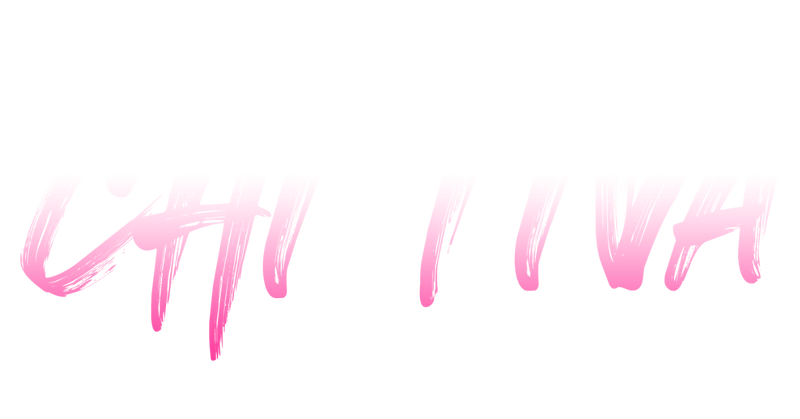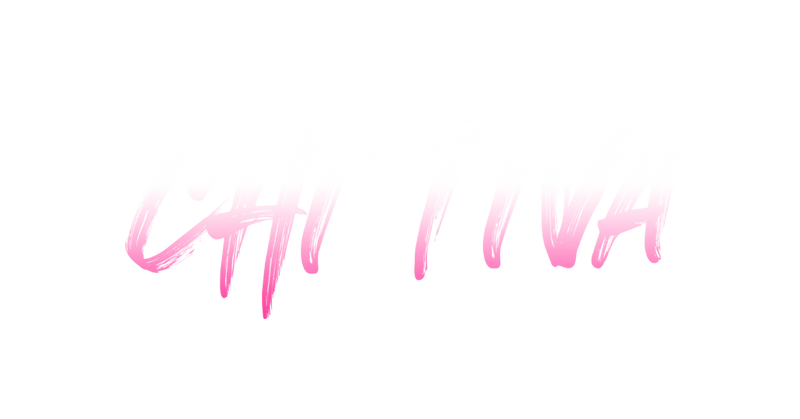We’re ushering in a new era of experience…
🚀Welcome to Chi’Tiva Lounge🚀
🌌Your Launchpad to Cosmic Vibes 🌌
Discover the art of relaxation in a space that’s truly out of this world. At Chi’Tiva Lounge, we’ve created more than a place to chill—we’ve built a galaxy where flavor, comfort, and full-body calm collide. Whether you’re here to vibe with friends or orbit solo, our lounge is your destination for smooth landings and sensory liftoffs.
🌿 From infused drinks to handcrafted edibles, every bite and sip is designed to launch your senses into another dimension.
🛸 Our lounge areas? Think of them as cozy cosmic pods—tailored for melting into the moment and escaping the ordinary.
💫 With a menu that hits every time and staff who make you feel right at home, Chi’Tiva is your mission to bliss—whether it’s your first visit or your fiftieth.
So go ahead—kick back, spark up, and explore.
Because at Chi’Tiva, the only thing higher than your vibe… is the standard.
Stay spaced. Stay lifted. Welcome to the Chi’Tiva galaxy.
📍 Wicker Park Location
1948 W North Ave, Chicago, IL 60622
📍 South Loop Location
1250 S Michigan Ave, Suite E, Chicago, IL 60605
🌌 Breaking Barriers. Blazing Trails. Welcome to the New Era of Chill. 🚀
At Chi’Tiva, we’re not just raising the bar—we’re launching it into a whole new dimension. We're here to shatter stereotypes and redefine what it means to unwind in the modern world. By seamlessly blending cannabis culture with everyday comfort, we’ve created a judgment-free galaxy where people can gather, vibe, and feel at home.
💫 Forget smoky basements and noisy bars—Chi’Tiva is your alternative universe for stress relief, social connection, and elevated experiences.
🌿 Here, community meets cannabis, and café culture collides with creativity. Every visit is a lift-off into better vibes and brighter conversations.
Join the mission. Rewrite the rules.
Because at Chi’Tiva, we’re not just serving cannabis—we’re curating a new cosmic standard for social relaxation.
Stay spaced. Stay lifted. You’ve just found your favorite orbit. 🛸
🌠 Not Just a Café—A Cosmic Cannabis Experience 🚀
At Chi’Tiva, our mission is clear: we're here to break the mold and blast past the boring. Forget the cold, clinical vibes of traditional dispensaries—we’re creating a vibrant retreat for THC lovers, designed to feel like a second home in a whole other galaxy.
✨ Picture this: a lounge built for connection, relaxation, and unforgettable moments. Here, you can sip on infused drinkables, snack on meticulously crafted edibles, and vibe in a space where community and creativity collide.
We’re not just serving treats—we’re trailblazing a whole new way to experience cannabis.
This is your invite to a one-of-a-kind adventure, where every visit isn’t just an experience... it’s a celebration of breaking boundaries.
As a Stoner, we are committed to:
✨ Elevated Experiences – From our infused creations to our cozy, immersive lounges, we curate every detail with purpose and passion.
💚 Compassionate Hospitality – We meet every guest with respect, understanding, and zero judgment, honoring each individual’s unique journey with THC.
🤝 Cosmic Community – We believe cannabis brings people together. Our lounges serve as a safe, vibrant space for real connection, conversation, and creativity.
We don’t just serve edibles and drinkables—we serve belonging. Together, we’re not just part of the cannabis industry; we’re leading a movement where every moment is a chance to spark joy, share laughter, and lift others up.
Chi’Tiva: Where the culture lives. Where the team leads. Where everyone belongs.
Join us on this journey of joy for the extraordinary world of THC! Creating a community of shared experiences, laughter, and camaraderie.
C
Where to Find Us?
THC by Chitiva Wicker Park Bucktown
1948 W North Ave, Chicago, IL 60622
Sunday - Thursday: 11am - 12am
Friday & Saturday: 11am - 1am
Phone: (312) 957-8900
THC by Chitiva South Loop
1250 S Michigan Ave Suite E, Chicago, IL 60605
Sunday - Thursday: 11am - 12am
Friday & Saturday: 11am - 1am
Phone: (312) 948-2350




















































